We recently connected with Ian and Carly Blessing and have shared our conversation below.
Alright, Ian and Carly thanks for taking the time to share your stories and insights with us today. Can you briefly introduce yourself to our readers?
We’re Carly and Ian Blessing, a husband-and-wife team that met while working as sommeliers together at The French Laundry in Napa. Back then, our lives revolved almost entirely around studying wine, drinking too much wine, and working late nights in restaurants. That all changed when we had kids and quit drinking alcohol, and at the beginning of 2021, we launched All The Bitter, a line of alcohol-free cocktail bitters that lift the spirit. Handcrafted using organic, wild-foraged, and functional botanicals, our bitters enhance cocktails with or without alcohol, mixers like tonic and ginger beer, and are especially refreshing in club soda with a squeeze of citrus. Recognized as one of The Spirits Business’ Top 50 Innovative Spirit Launches of 2022, our bitters have won 20 awards (and counting!) from major spirit competitions and can be found in renowned bars across the United States, including Death & Co in Los Angeles and Trick Dog in San Francisco.

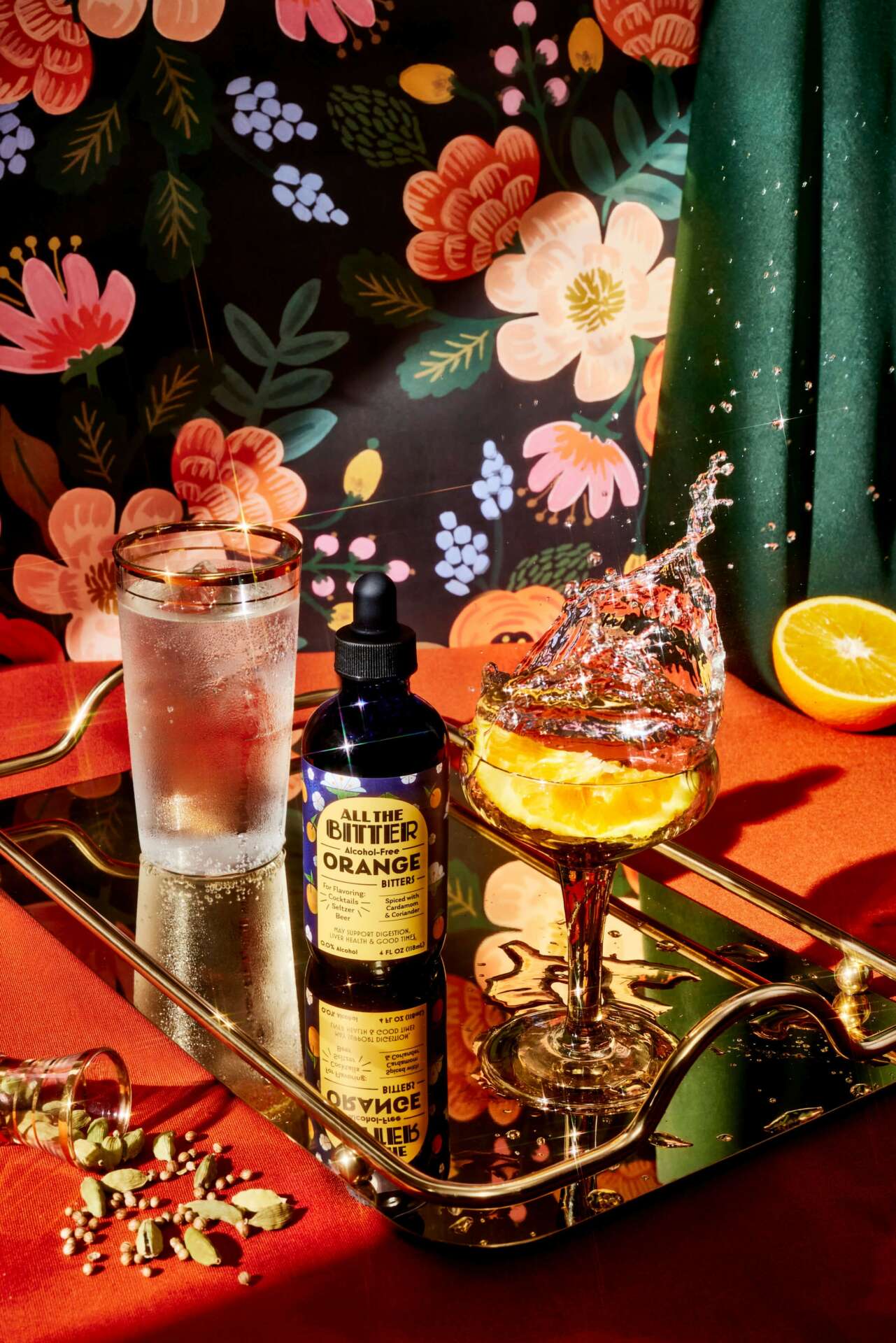
How did you come up with the idea for your business?
We had our first son in 2019, quit drinking shortly after, and quickly discovered the emerging non-alcoholic beverage market. The fact that we could enjoy an IPA without any alcohol was a complete game changer, allowing us to feel included and to enjoy the rituals and flavors we loved so much, without the negative effects. We fell down the rabbit hole of NA beer, wine, and spirits, and eventually built a home bar with more than 50 spirits, all completely alcohol-free.
Eventually, while making and enjoying NA cocktails at home, it occurred to us that there were a staggering number of NA spirits available but very few alcohol-free bitters options. We knew that while some people were okay using a few dashes of alcoholic bitters in an NA cocktail, many people in sobriety understandably aren’t comfortable using Angostura or other bitters that might contain 45% ABV or more, meaning they are missing an absolutely crucial cocktail ingredient. Drinks like a non-alcoholic Old Fashioned or Manhattan, which are now possible thanks to NA spirits, can’t be made without bitters.
With non-alcoholic cocktail programs becoming more common in bars and restaurants, we knew that there was going to be a huge demand for this, and we intended to become the default alcohol-free option. Our lofty goal was, and is, to become the Angostura of the non-alcoholic world. While non-alcoholic bitters did exist before All The Bitter, they weren’t being made in the style of classic bitters, and so we created our first 3 flavors as 1:1 replacements for classics like Angostura, Peychaud’s, and Regans’ Orange, bitters that you can find behind almost every bar, and every bartender in the country is already familiar with.
The part that really excited us back then, and still does today, is the fact that bitters are a supporting player. They exist to complement spirits, and with an already robust non-alcoholic spirit marketplace, we knew that we would have an endless cohort of brands to work with. Our product exists to make their product work better in a cocktail, and we’ve been fortunate enough to partner with most of the NA spirit brands on the market in one way or another. As a bootstrapped mom-and-pop startup without much business experience, our ability to gain visibility by working with much larger companies has been invaluable.
Starting a new company is scary, especially as a first-timer, but we knew that this concept checked all of the boxes for success. It filled a hole in a rapidly growing market for a much-needed product, we had the expertise in flavor required to create an incredible formula from scratch, the backgrounds to instill trust in our customers, and the help of already established brands who boosted our visibility through partnerships and collaborations.
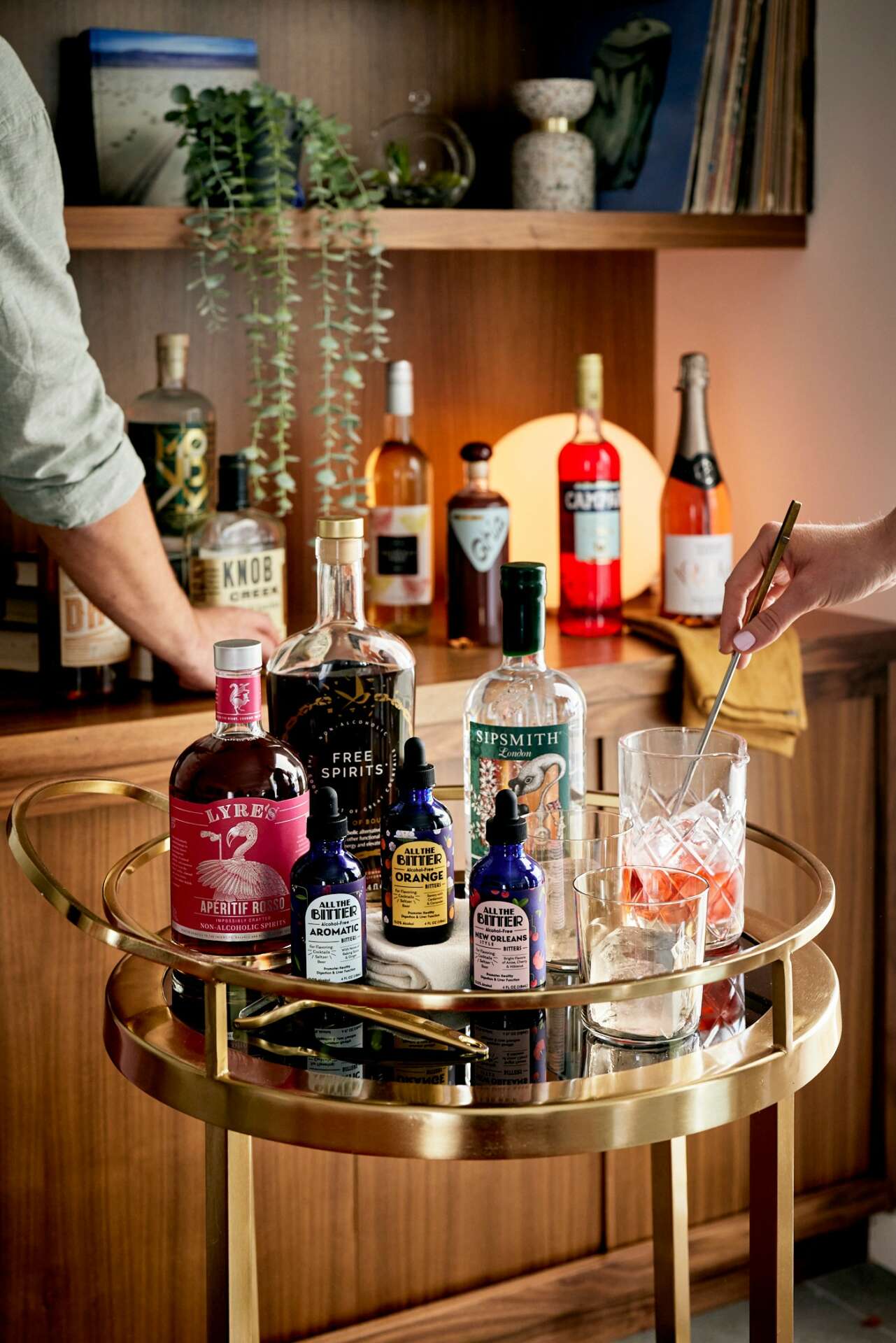
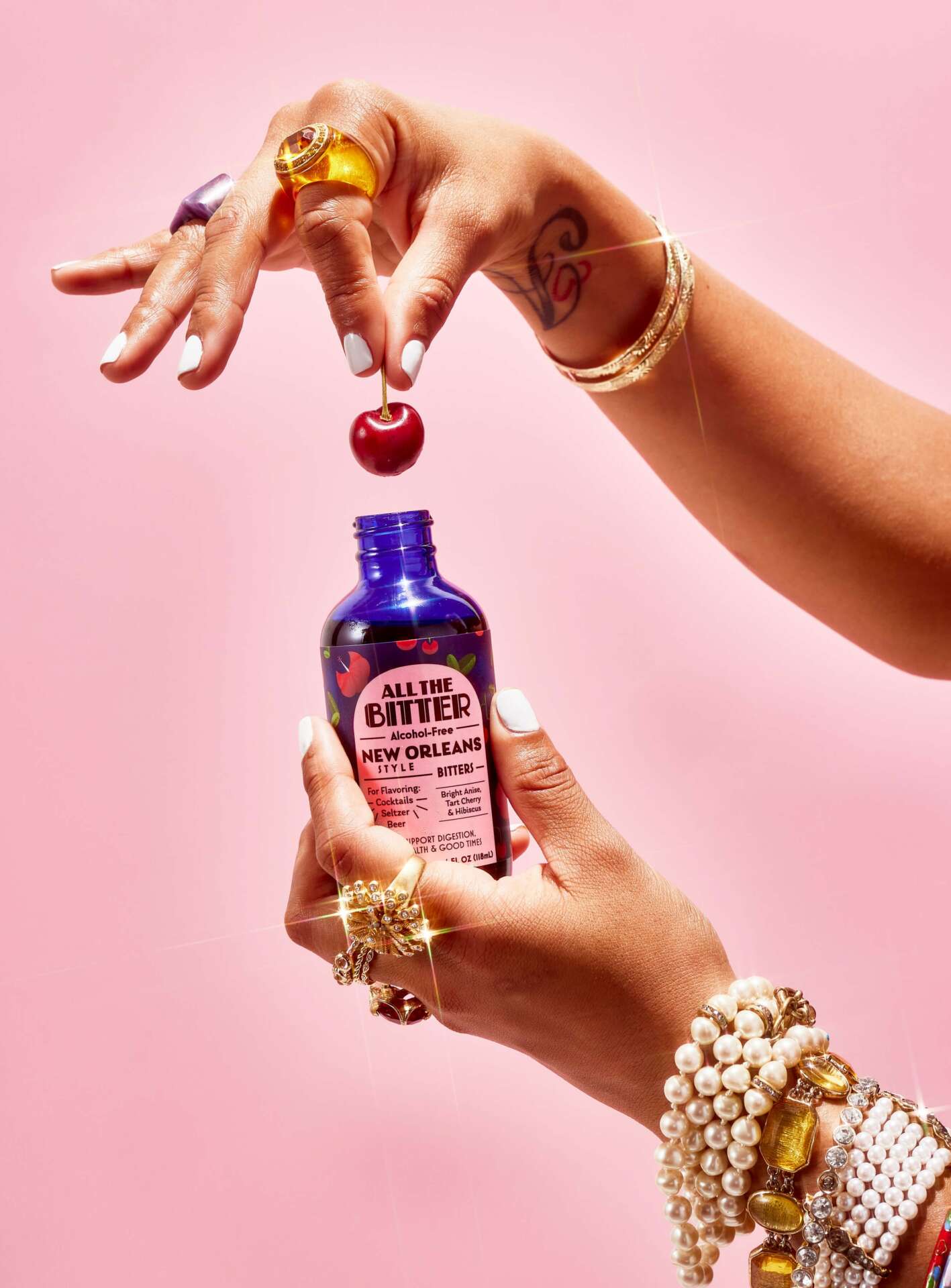
We’d really appreciate if you could talk to us about how you figured out the manufacturing process.
When we conceptualized this product, we had never made bitters before. We literally learned by Googling “how to make non-alcoholic bitters”, and started testing recipes in our home kitchen. We did have extensive experience in flavor, bartending, cocktails, and a strong background in herbalism, so that helped, but the actual production side was entirely new. It honestly never occurred to us to have a co-packer make it for us, and since we spent our careers selling other people’s wines and telling their stories, it was exciting to actually create something ourselves, to tell our story.
We began by testing recipes in Mason jars in our kitchen. Hundreds of Mason jars. We’d test 10 recipes at a time for each flavor, taste them, and choose a winner. That formula was then deviated 10 more times, and a winner was chosen. We went through that process 3-4 times for each flavor until we finally arrived at the final recipes. Because it takes nearly 2 months to make a batch of our bitters, that process took nearly a year.
After the initial recipe development, we scaled up into a small 5-gallon test batch, then 55-gallon drums, and finally into the 500-liter tanks we work with now. While learning to make bitters is easy enough, there’s no guide already written for how to scale up non-alcoholic bitters production, so it was a lot of trial and error and making things work.
Probably the most relevant lesson we can share is that if your heart isn’t 100% into physically producing something, don’t do it—only get into manufacturing if you feel like you’d die if you didn’t. It’s physically demanding, mentally challenging, costs a lot of money in setup, and it’s going to take up time that could be better-spent marketing, selling, developing, etc. It’s way easier, and probably more effective, to work up a recipe and hand it off to a co-packer. But there is something incredibly satisfying about creating something with your own hands, and if you’re up for the challenge, it can be a very rewarding experience.
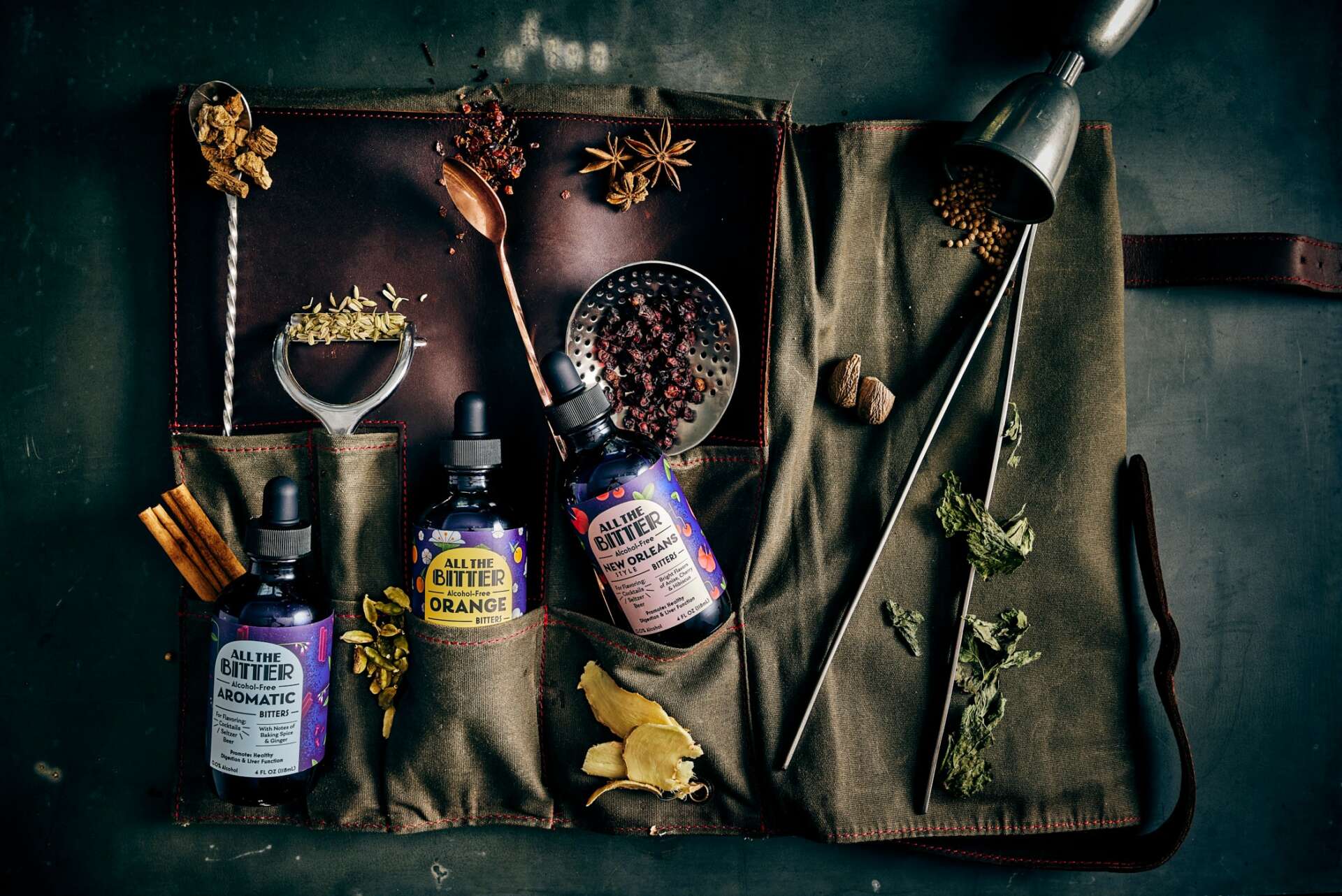
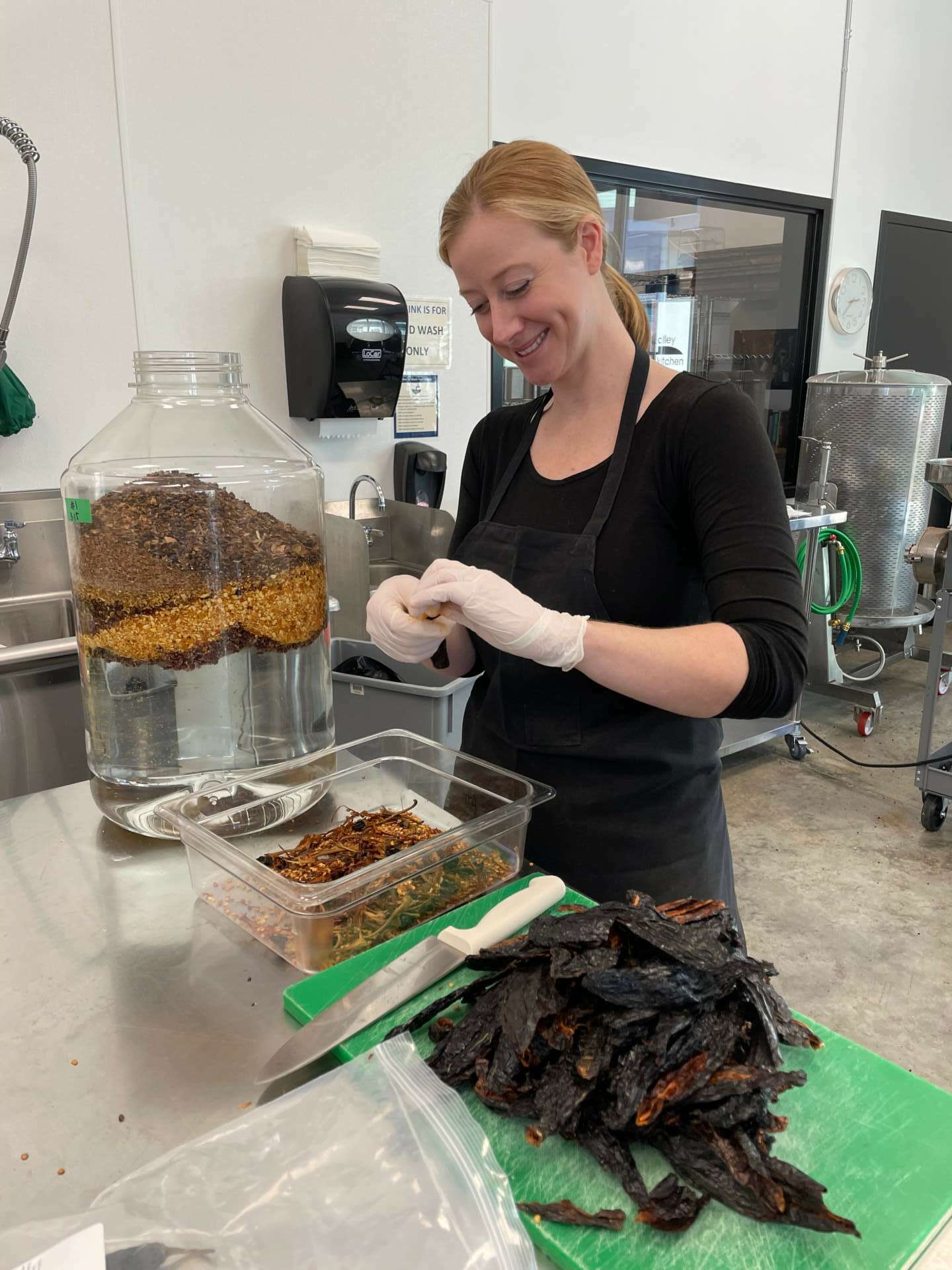
Any insights you can share with us about how you built up your social media presence?
On the advice of a good friend who designed our labels and has a massive social media following for her tortoise (@etheltheglamourtort), we started our social media accounts about 6 months before launch. We shared updates about business development, cocktail recipes, brand imagery, and behind-the-scenes production clips. It helped that non-alcoholic cocktail bitters were something the marketplace was excited about, and people followed along, eagerly awaiting our launch.
We’ve continued to share behind-the-scenes clips of our production, which is the bread and butter of our social media content. Because we don’t have the budget for content creation, social media management, or frankly much time to create/edit videos or take nice photographs ourselves, this strategy has worked beautifully. People love to follow along, see the story behind the product, the people who make it, etc. “Everything is content” is an important mantra for small startups who manage their own social media. Your feed doesn’t need to be perfectly curated. People resonate with authenticity.
A big part of our growth on social media has been organic networking with influencers, and collaborating with other brands who have larger followings than us. Being present on social media in an authentic way, reaching out to people in your space, and offering to send free samples or product trades can go a long way.
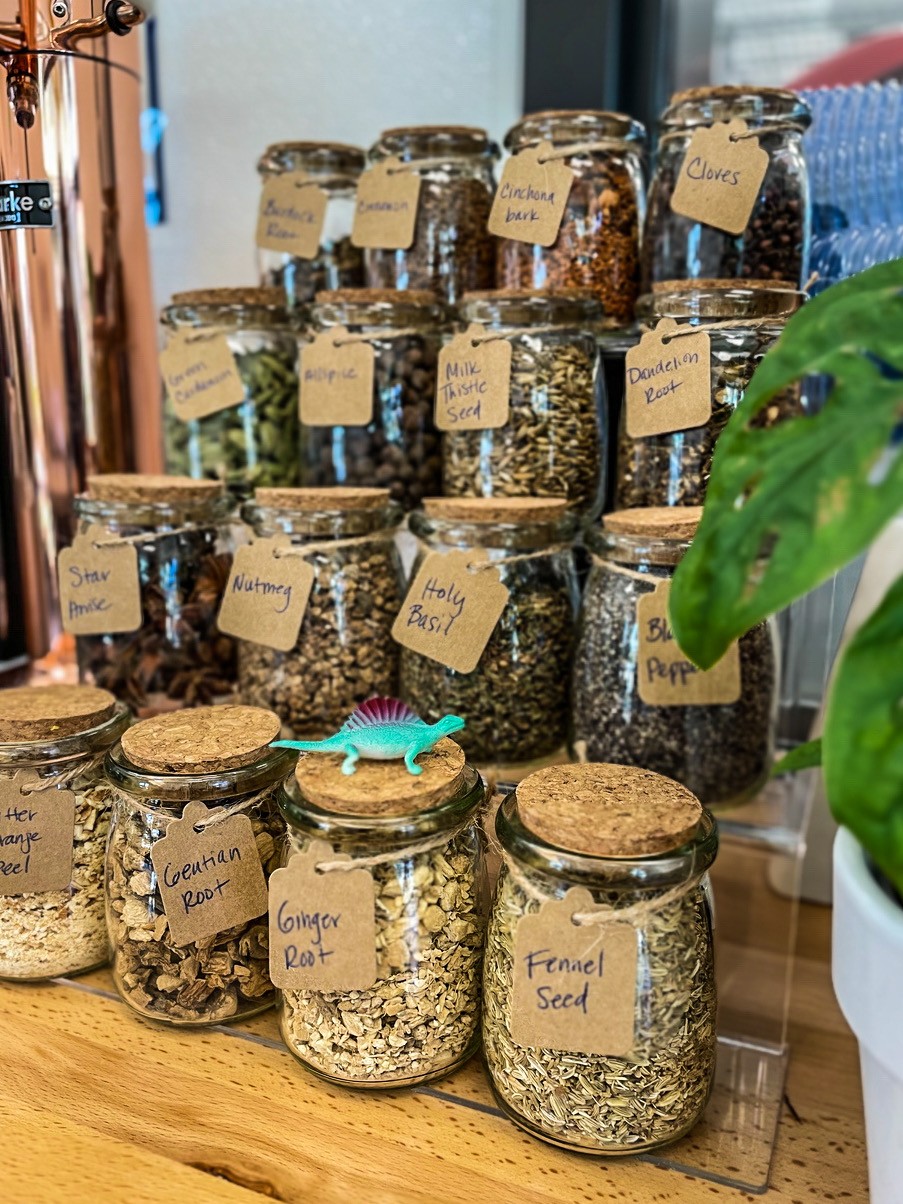

Contact Info:
- Website: allthebitter.com
- Instagram: @allthebitter
- Facebook: @allthebitter
- Other: threads @allthebitter
Image Credits
Kelly Puleio (all images except the two production images in the kitchen)


